As anyone who follows food news knows, butter is back (and it's not, thankfully, due to Paula Deen's reemergence on the culinary scene). Americans are eating more butter now than they have in the past 40 years. Margarine is out and butter is in. But that's not the whole story. What's really in is cooking oil.
In 2010, while Americans consumed 4.9 pounds of butter a year per capita, they consumed 53.6 pounds of cooking oil.
From commonly used oils like canola and olive to others like avocado and hempseed oil, there are a ton of oils out there to use for culinary purposes. With so many kinds of oils, choosing the right one for cooking can be daunting.
Health benefits aside, the key factors you need to consider are heating temperature and flavor. Oils break down at a certain temperature, which is known as their smoke point. The smoke point for oils is always a rough estimate, because the breakdown happens gradually and not at a precise moment, and also because smoke points depend on how refined the oil is. Regular olive oil is more refined than extra virgin olive oil, and there might be varying degrees of refinement for various peanut oils, for example.
Unrefined oils have lower smoke points than refined oils, which make them good for salad dressings. They also tend to have a stronger flavor. Refined oils have higher smoke points and typically a more neutral flavor, which makes them better for sautéing, frying or even deep-frying.
That might all sound confusing, but we're about to break it down for you. Here are 11 common cooking oils, and how to choose the right one for your recipes. Smoke points are estimates based on What's Cooking America's numbers.
Olive Oil
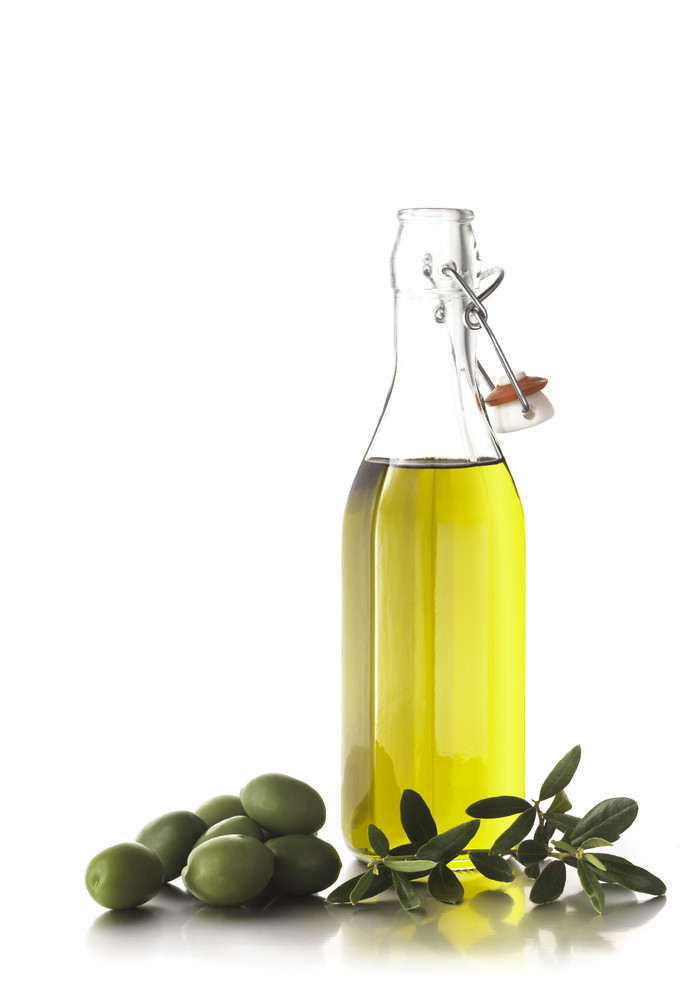 TS Photography via Getty Images
TS Photography via Getty Images
What it is: Olive oil comes from pressing whole olives. While it's used all over the world, it is the primary cooking oil used in the Mediterranean. It is high inmonounsaturated fatty acids.
Smoke point: Smoke points vary depending on the type of olive oil: Extra Virgin is 320°F, Virgin is 420°F, Pomace is 460°F, Extra Light is 468°F
What it's good for: Extra virgin olive oil has the richest flavor because it is made without any heat or chemicals, which makes it good for salad dressings and drizzling. Refined olive oil is good for sautéing.
What it's bad for: Frying and deep-frying
Canola Oil
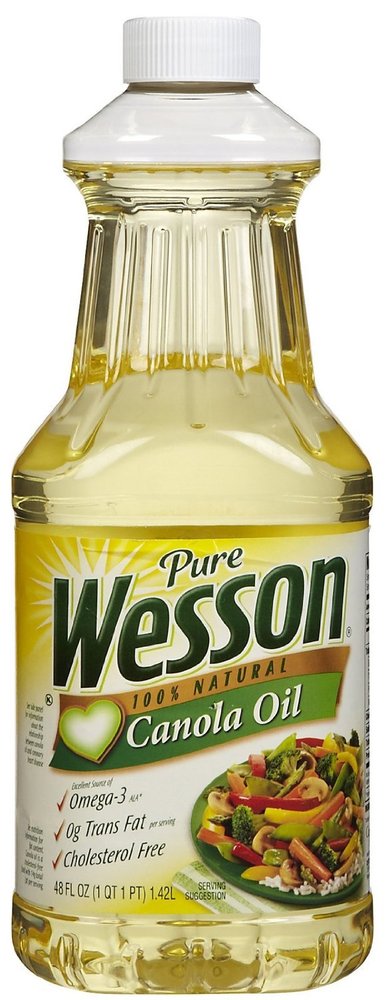 Amazon
Amazon
What it is: Canola oil is made from the seeds of the canola plant. It is low in saturated fat, with only seven percent saturated fat -- compared to sunflower oil, which has 12 percent, and olive oil, which 15 percent saturated fat. It has a neutral flavor, high smoke point and is also relatively inexpensive.
Smoke point: 400°F
What it's good for: All-purpose, good for cooking and dressings
What it's bad for: Drizzling where flavor is required
Vegetable Oil
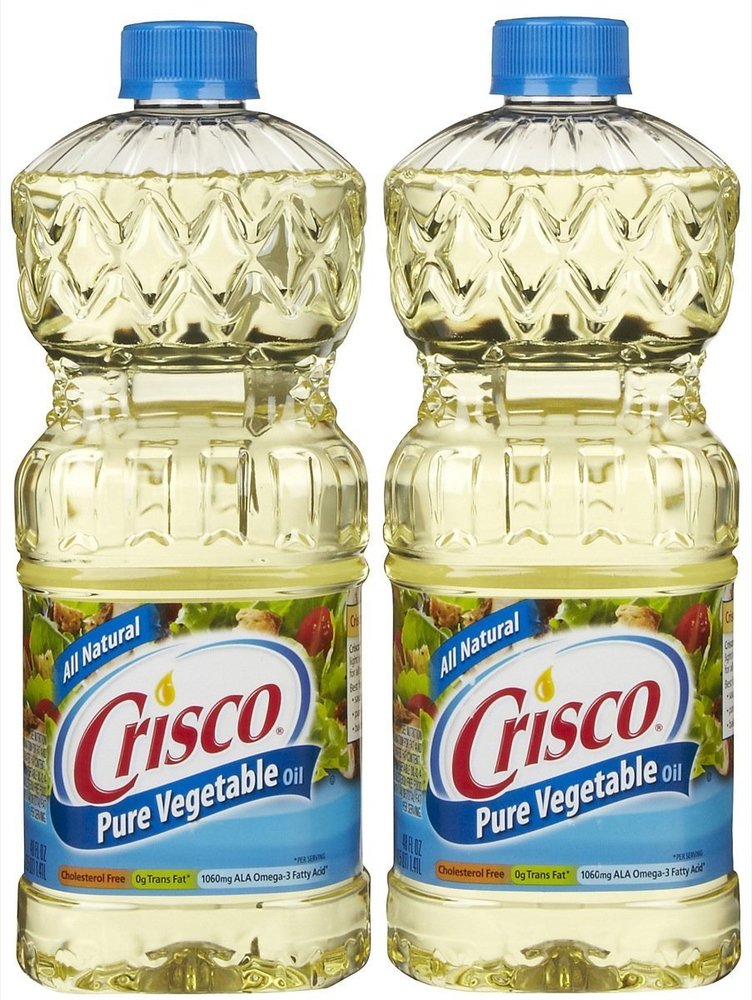 Amazon
Amazon
What it is: Vegetable oil refers to any plant-based oil, which may include any or a combination of the following: soybean, sunflower or safflower oil. Most vegetable oils have a high smoke point and neutral flavor, which make them great for baking.
Smoke point: Depends on the type (See Canola, Soybean, Sunflower, Safflower...)
What it's good for: All-purpose, good for cooking and dressings
What it's bad for: Drizzling where flavor is required
Peanut Oil
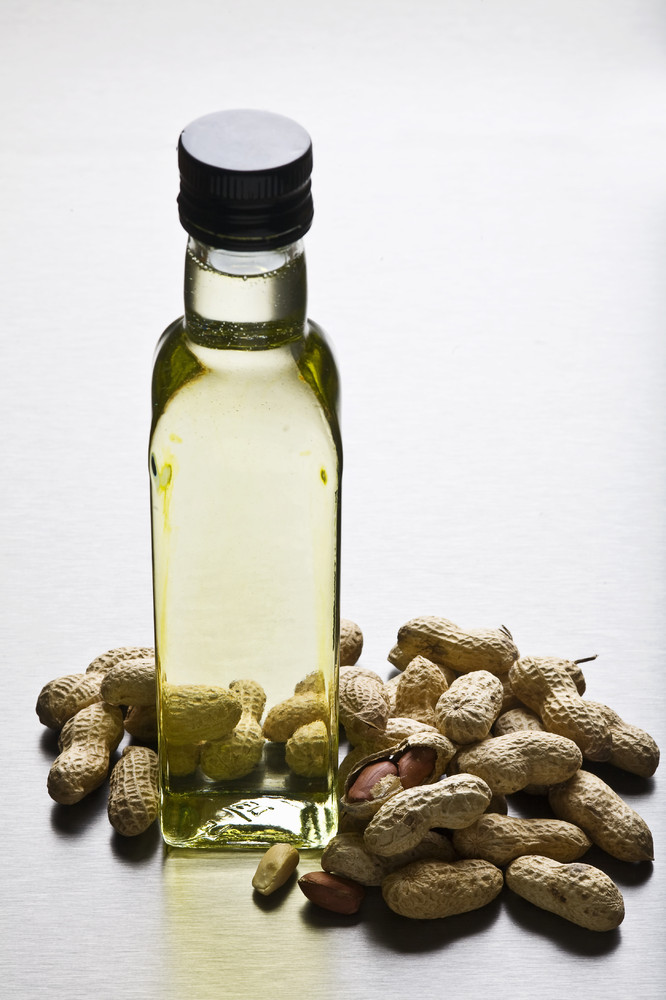 Steven Morris Photography via Getty Images
Steven Morris Photography via Getty Images
What it is: Peanut oil has a mild flavor and high smoke point, which makes it great for deep-frying and a range of other cooking. It's made from pressed steam-cooked peanuts and is popular in Asian cooking.
Smoke point: 450°F
What it's good for: Deep-frying, pan-frying, roasting and grilling
What it's bad for: Baking or anything that requires a neutral flavor
Grapeseed oil
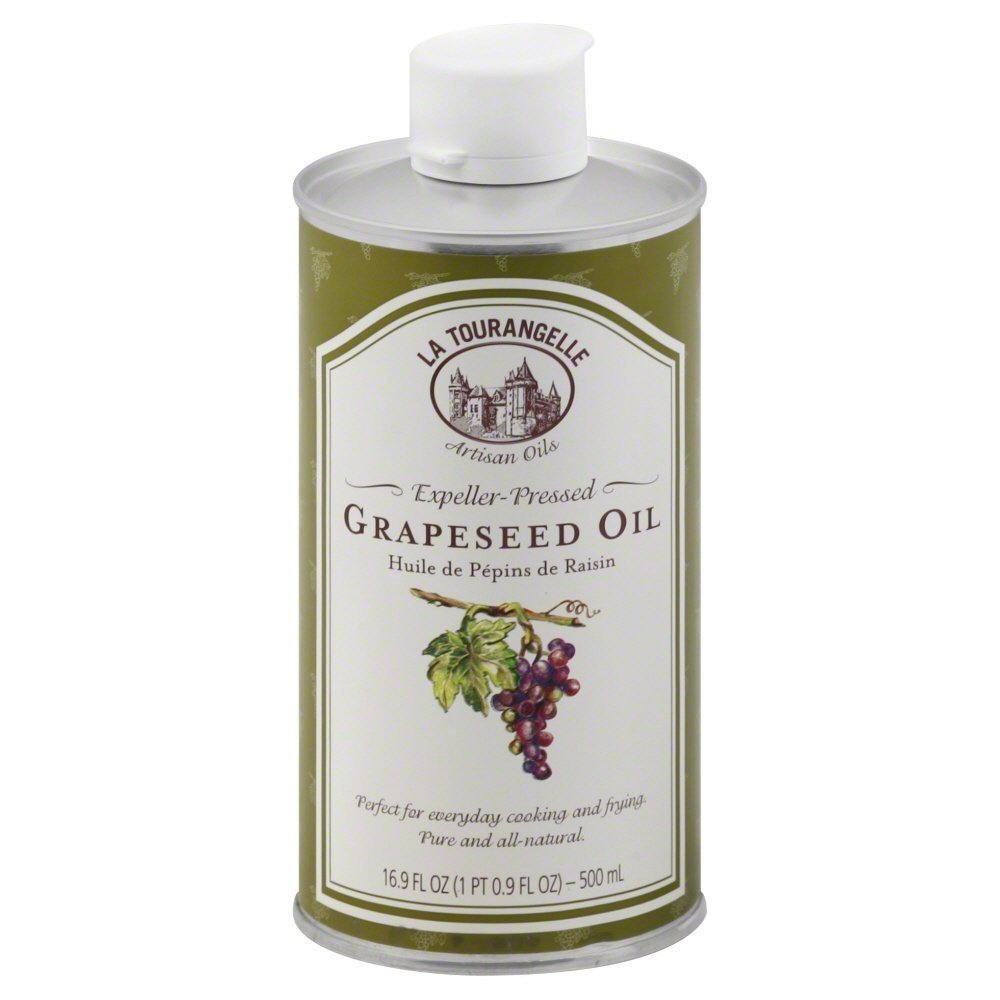 Amazon
Amazon
What it is: Grapeseed oil is versatile -- it has a fairly neutral flavor and medium-high smoke point. It can be used in salad dressings, but also works for sautéing and baking. And it's a by-product of wine-making!
Smoke point: 392°F
What it's good for: Sautéing, frying and salad dressings
What it's bad for: Deep frying
Sunflower Oil
 Amazon
Amazon
What it is: Sunflower oil's high smoke point and light flavor make it a favorite for frying, but it is also a good oil for baking. It is made from pressed sunflower seeds, is high in vitamin E and low in saturated fat.
Smoke point: 450°F
What it's good for: Frying, margarine, salad dressings, baking
What it's bad for: Drizzling or low-heat cooking
Safflower Oil
 Amazon
Amazon
What it is: Safflower oil has a neutral flavor and the refined kind has a very high smoke point, which makes it great for searing and deep frying. It comes from the seeds of a safflower plant, which is related to the sunflower.
Smoke point: 450°F
What it's good for: Deep-frying, searing, stir-frying, margarine, mayonnaise
What it's bad for: Drizzling or low-heat cooking
Coconut Oil
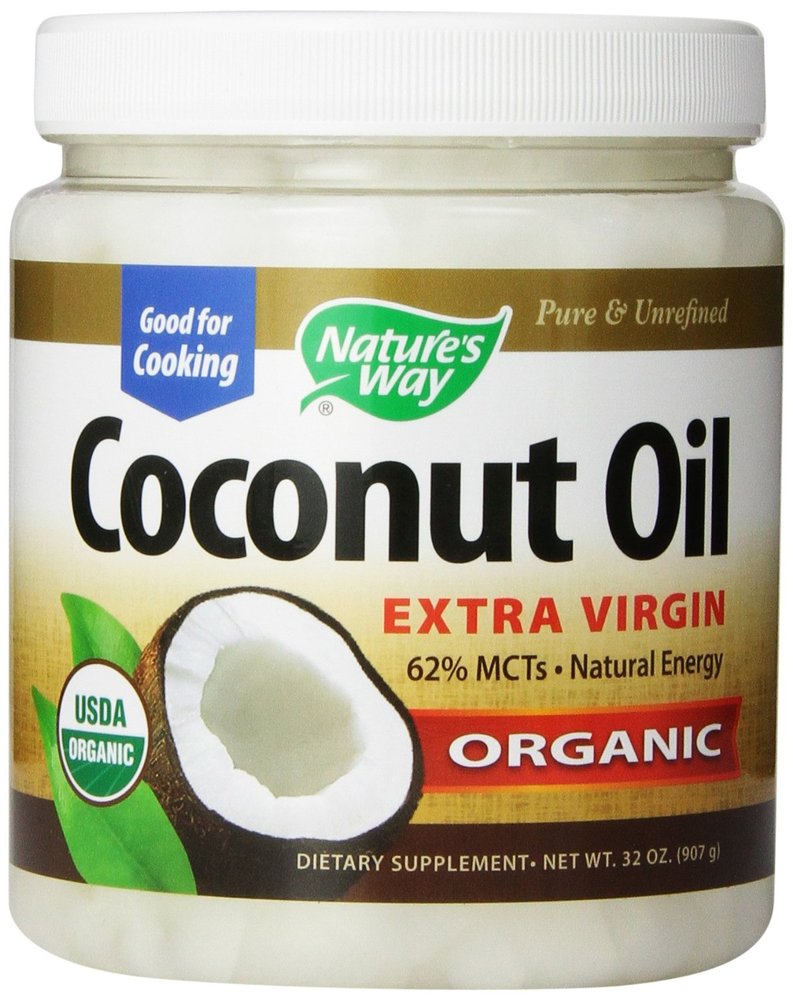 Amazon
Amazon
What it is: Coconut oil is having a moment right now -- it's the darling of vegan cooks, who often use it as a replacement for butter in baking. It's turning up in vegan recipes and products all over the place. Extracted from the meat or kernel of a coconut, the oil has a distinct, sweet flavor -- the natural sweetness makes it good for baking sweet treats and also for certain sautéed dishes. It is is high in saturated fat -- specifically a kind called lauric acid, which some consider a healthier fat source.
Smoke point: 350°F
What it's good for: Baking, frostings, sautéing
What it's bad for: Deep-frying, dressings
Sesame Oil
 Amazon
Amazon
What it is: Sesame oil has a very distinct flavor and is popular in Asian cooking. Light sesame oil has different uses than dark sesame oil.
Smoke point: 410°F
What it's good for: Light is good for deep-frying and dark sesame oil is better for stir-frying and dipping sauces
What it's bad fort: Baking
Corn Oil
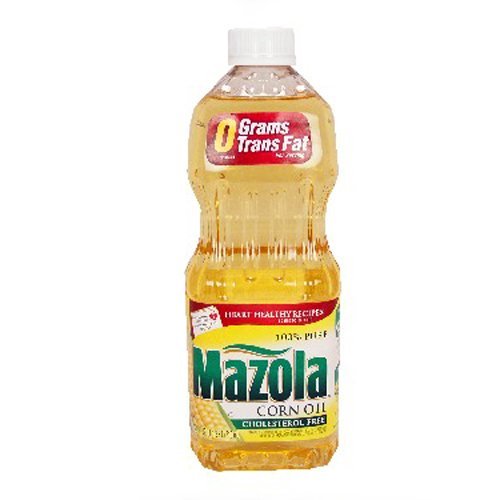 Amazon
Amazon
What it is: Corn oil is made from corn kernels and its high smoke point makes it good for frying. It's a favorite of fast food chains -- almost 70 percent of fast food restaurants make French fries with corn oil. It's also used to make margarine. The oil is high in saturated fats and low in so-called good fats, which is why it's often considered one of the unhealthiest oils.
Smoke point: 450°F
What it's good for: Deep-frying and also margarine
What it's bad for: Drizzling and low heat cooking
Soybean Oil

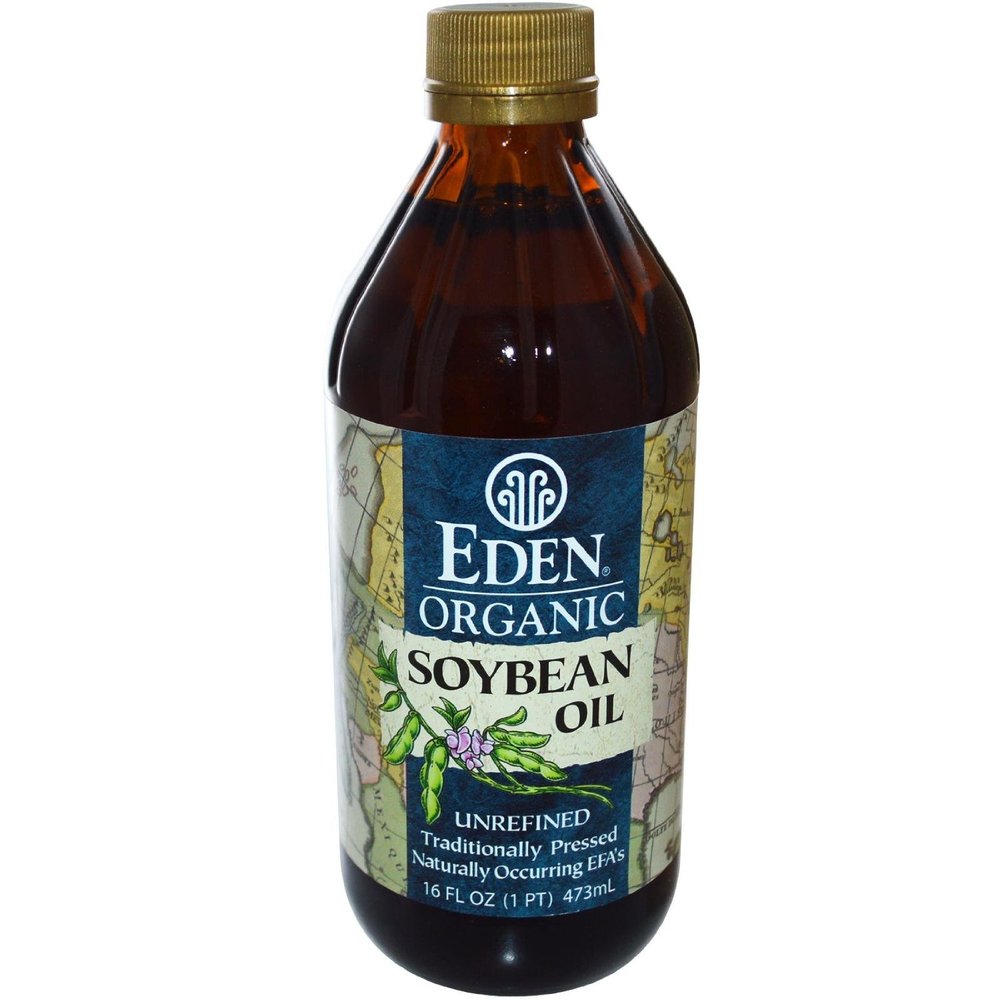 Amazon
Amazon
What it is: Soybean oil has a stronger flavor and aroma and is commonly used in processed foods. In 2007, NPR reported that almost 80 percent of oil used for cooking and baking in the U.S. came from soybeans. Because it has a short shelf-life, soybean oil often gets treated with hydrogen gas, which creates trans fats. In 2005 we were consuming 15.5 billion pounds in 2005 and about half of that was partly hydrogenated, the New York Times reports. With the government's ban on trans fat, that statistic should soon change. In 2012, the use of edible soybean fell to 12.3 billion pounds.
Smoke point: 450°F












No comments:
Post a Comment